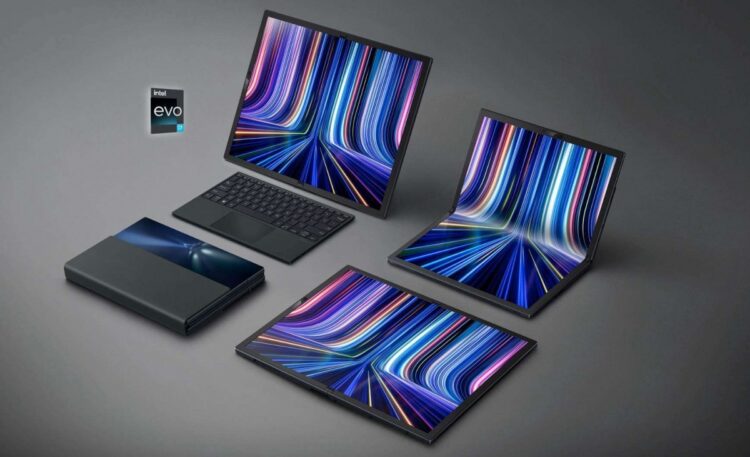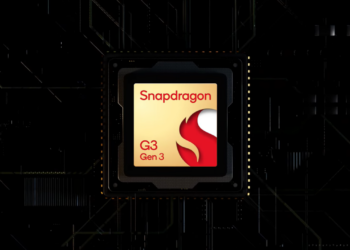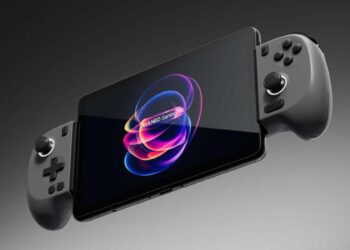The world of personal computing is undergoing a dramatic transformation, moving past the traditional clamshell design that has dominated the market for decades. The latest, and perhaps most exciting, revolution is the integration of foldable screens into laptops. These devices are not merely a novelty; they represent a fundamental shift in how we interact with technology, offering unprecedented versatility, portability, and screen real estate. This in-depth analysis explores the rise of foldable laptops, the technology underpinning them, their advantages and drawbacks, the key players in the market, and what the future holds for this burgeoning segment.
The Dawn of a New Form Factor
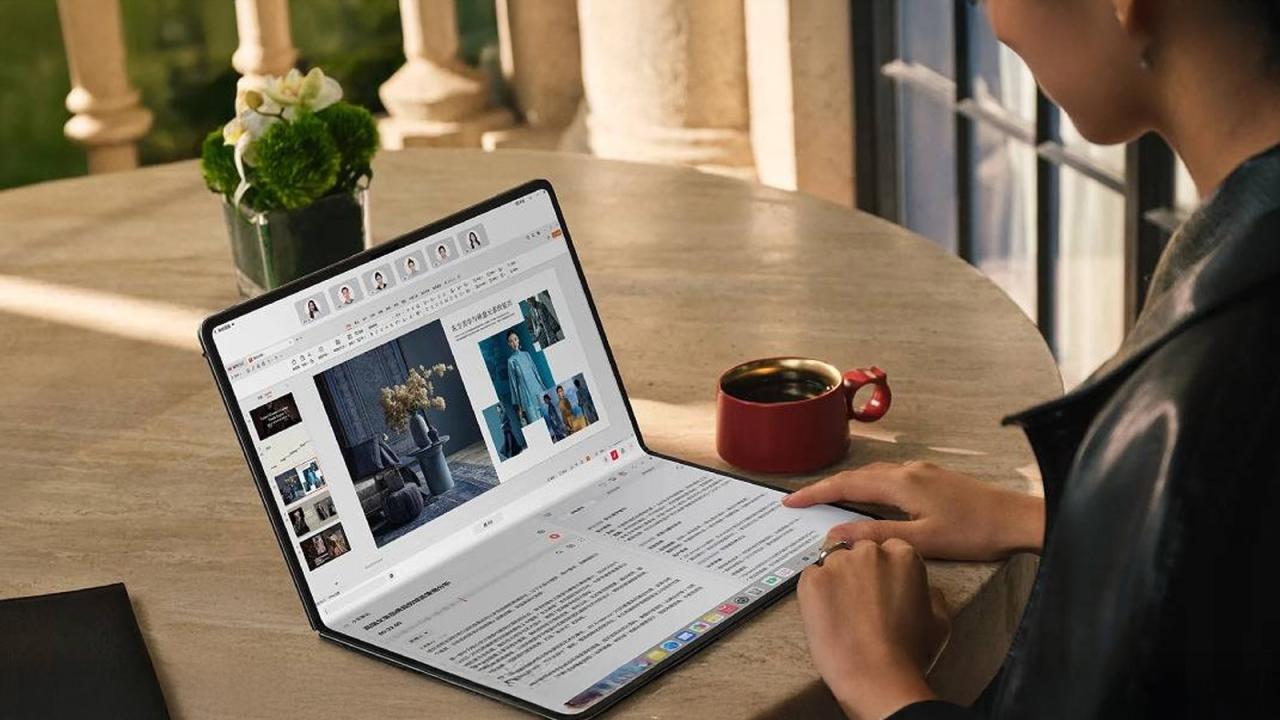
For years, the desire for a device that could be both a full-sized laptop and a highly portable tablet remained the “holy grail” of mobile computing. The advent of sophisticated, durable flexible displays finally made this dream a reality. Foldable laptops, such as the Lenovo ThinkPad X1 Fold and the ASUS Zenbook Fold, are designed to offer a dynamic user experience, seamlessly transforming to suit various tasks—from detailed work on a massive virtual screen to casual browsing on a compact device. This innovation addresses the limitations of both conventional laptops and tablets, creating a powerful, versatile hybrid.
Understanding the Core Technology
The success of foldable laptops hinges entirely on cutting-edge technological advancements in three main areas: the display panel, the hinge mechanism, and software optimization. Understanding these components is crucial to appreciating the engineering marvel these devices represent.
The Flexible Display Panel
Unlike rigid glass panels, foldable screens utilize layers of materials that can withstand repeated folding and unfolding.
A. Ultra-Thin Glass (UTG) or Advanced Polymer: Early models relied heavily on polymer-based flexible plastic, which offered flexibility but was susceptible to scratching. Newer generations are increasingly adopting UTG, a super-thin, chemically-strengthened glass that provides a much more premium feel, better light transmission, and superior durability.
B. Flexible OLED Technology: The majority of foldable devices use Organic Light-Emitting Diode (OLED) technology. OLED displays are self-emissive (meaning each pixel generates its own light), allowing the display panel to be much thinner and more flexible than traditional LCDs. They also deliver perfect blacks and vibrant colors, which are essential for a high-end computing experience.
C. Screen Protection Layer: A special, often self-healing or highly resilient, protective film is applied over the flexible display to safeguard it against the minor abrasions and stresses of daily use.
The Hinge Mechanism
The hinge is arguably the most critical and complex piece of engineering in a foldable laptop. It must be durable enough to endure tens of thousands of folding cycles while also preventing the formation of a prominent crease in the display.
A. Teardrop or Water-Drop Design: Many manufacturers employ a “teardrop” or “water-drop” hinge mechanism. This design allows the screen to fold into a slight, gentle curve, distributing the tension more evenly and minimizing the visible crease when the screen is fully opened.
B. Complex Gear Systems: The hinges use intricate gear systems and multiple moving parts to ensure smooth, precise movement and to allow the laptop to be used in various stable angles, similar to a traditional laptop (the “laptop mode”).
Software Adaptation and Operating System
A flexible screen requires an operating system that can intelligently adapt its interface and functionality based on the screen’s current state and orientation.
A. Split-Screen Multitasking: When folded halfway, the OS must immediately switch to a “laptop mode,” where the bottom half becomes a virtual keyboard or a trackpad area, and the top half becomes the primary display.
B. Seamless Transition: When fully opened, the OS must treat the display as one continuous, massive screen, perfectly scaling applications and allowing for advanced multi-window multitasking, which is a major draw for productivity users.
The Undeniable Advantages for Consumers
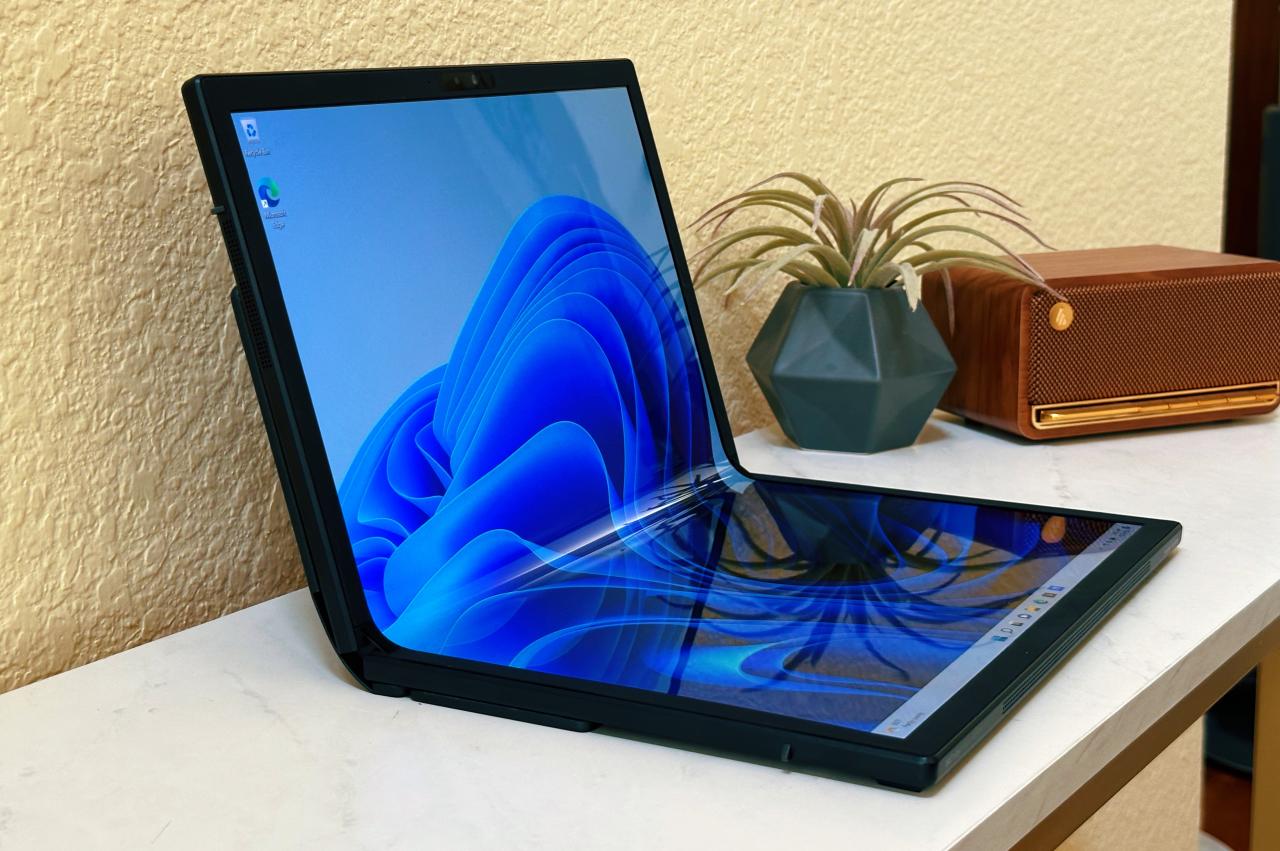
The transition to foldable screens brings several compelling benefits that drive user engagement and justify the premium price point, making them attractive subjects.
A. Unmatched Portability: When folded, the device occupies a significantly smaller footprint, making it incredibly easy to slip into a small bag or even a large jacket pocket. It delivers the screen real estate of a 17-inch display in a device that’s roughly the size of a 12-inch laptop.
B. Ultimate Flexibility in Usage: The device can adopt multiple modes: a large tablet for content consumption, a traditional laptop for typing (using a physical or virtual keyboard), or a book/tent mode for presentations or reading. This adaptability caters to various user scenarios, from the boardroom to the living room.
C. Enhanced Multitasking: The massive, continuous screen area allows users to run three or four applications side-by-side effectively, significantly boosting workflow efficiency for professionals, coders, and content creators.
D. Innovative Input Methods: With the screen flexibility, users can draw or take notes directly on the bottom half while referencing information on the top, mimicking a physical notebook with a digital advantage.
Challenges and Consumer Concerns
Despite the excitement, the foldable laptop segment faces inherent challenges that manufacturers are actively working to overcome. Addressing these points is crucial for building trust with the reader and providing a balanced view.
A. Durability and Crease Visibility: While materials have improved, the crease where the screen folds can still be visible under certain lighting conditions, and long-term durability, especially regarding dust ingress and hinge fatigue, remains a key concern for consumers.
B. Premium Price Point: Due to the complexity of the screen and hinge technology, foldable laptops currently command a very high price, which limits mass-market adoption. Price reductions will be key to unlocking the full potential of this category.
C. Weight and Thickness: While smaller when folded, the need for robust hinge mechanisms and a dual-battery setup (one on each side of the fold) often makes these devices heavier and thicker than their non-foldable counterparts, despite their overall compact size.
D. Optimized Software Availability: The full potential of the form factor can only be realized when major software developers fully optimize their applications to take advantage of the dynamic screen sizes and multiple display modes.
The Key Players Driving the Revolution
The market is currently being defined by a few major electronics giants who are pioneering the technology and establishing the standards for future devices.
A. Lenovo: A pioneer in the space, the Lenovo ThinkPad X1 Fold was one of the first commercially available foldable PCs, demonstrating the company’s commitment to innovation in the enterprise and premium markets.
B. ASUS: The ASUS Zenbook 17 Fold OLED brought a larger, 17-inch screen to the market, focusing heavily on the immersive OLED experience and high-end multimedia use cases.
C. HP and Dell: These major PC manufacturers have showcased prototypes and concepts, indicating their readiness to enter the segment once the technology matures and manufacturing costs become more scalable. This ensures a healthy competitive environment that drives prices down and features up.
The Future Roadmap: Beyond the Crease
The development of foldable laptops is still in its infancy. The future roadmap for this technology is bright and focuses on eliminating current limitations and introducing radical new features.
Future advancements will likely include:
- Invisible Crease Technology: Next-generation displays and hinges are being developed to completely eliminate the visible crease, making the screen look and feel seamless when unfolded.
- Mass Market Adoption: As production scales and component costs decrease, prices will inevitably fall, making foldable laptops accessible to a wider consumer base. This will be the catalyst for the technology’s move from niche to mainstream.
- Rollable and Sliding Designs: The research in flexible displays is already moving beyond simple folding. Future devices may feature screens that roll up or slide out, offering even more compact storage with even larger expanded screens.
- Integrated AI Capabilities: AI will play a critical role in optimizing the UI/UX, intelligently adapting window sizes, and predicting user needs based on the device’s current mode. For instance, the AI might automatically launch a virtual trackpad when the device detects a stable, half-folded position.
Conclusion
The arrival of foldable laptops signals more than just an iterative update in computing; it represents a profound paradigm shift in how we define a personal computer. These devices successfully bridge the historical gap between the portability of a tablet and the processing power and screen real estate of a full-fledged laptop. While challenges like the premium price point and long-term durability persist, the advantages—particularly in terms of multitasking, space efficiency, and overall versatility—are too significant to ignore.
For content creators, business professionals, and heavy multitaskers, the ability to carry a massive, dynamic 17-inch screen in a compact form factor unlocks new levels of productivity that fixed-form devices simply cannot match. The competition among tech giants is already intense, and this rivalry will undoubtedly accelerate innovation, leading to thinner, lighter, more durable, and ultimately, more affordable foldable devices. The ongoing refinements in hinge design, the move towards clearer and stronger UTG, and the continuous optimization of operating systems mean that the technology is maturing rapidly. Investing in a foldable laptop today is an investment in the future of computing—a future where the screen is no longer a rigid boundary but a flexible, dynamic canvas ready to adapt to any task, anywhere. The traditional laptop form factor has had its glorious run, but the era of the foldable screen has decisively arrived, setting a new, exciting benchmark for mobility and power. This evolution ensures continued relevance and growth in the high-tech electronics and mobile computing sector, a boon for both consumers and advertisers targeting the premium gadget market.

